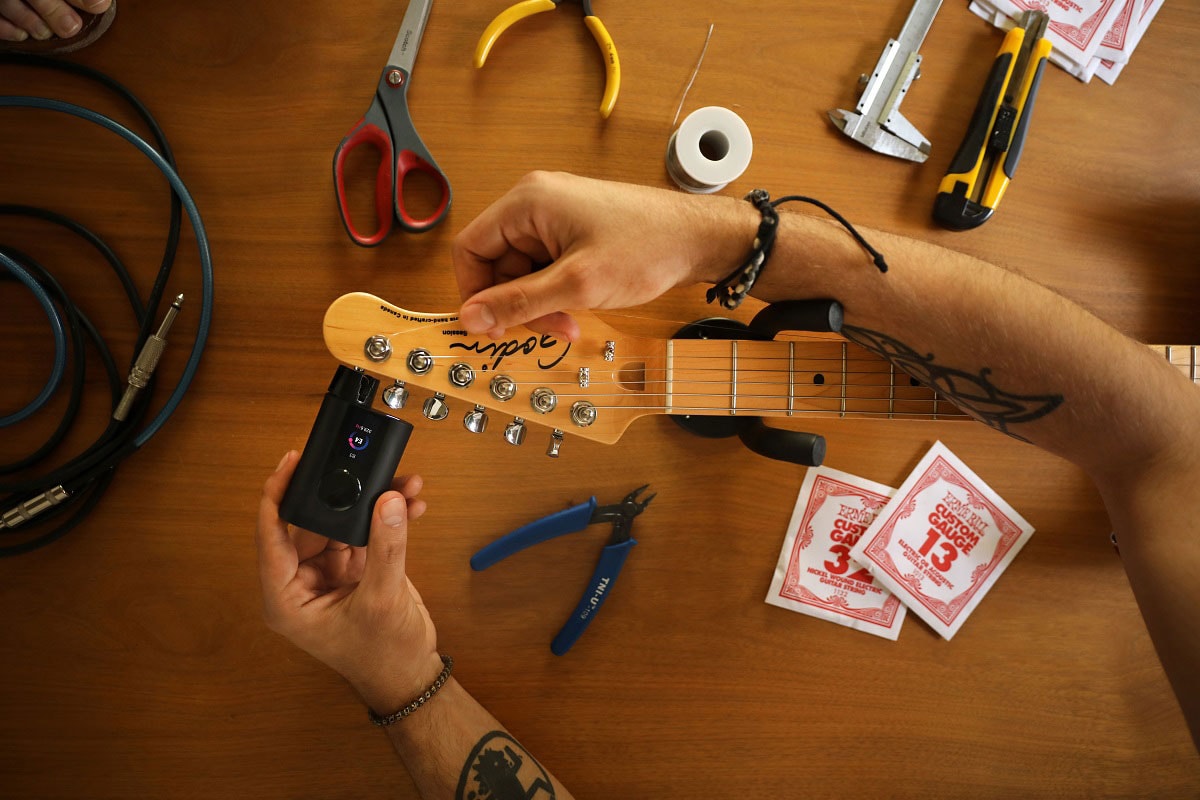
Hello, it’s Kaoru the composer here!
This time, I would like to talk about guitar and bass heads.
The head is quite an important part that carries the pegs, brand logo, and serial number.
Let's pay more attention to the head!
What is a head?
The head is a very important part where the pegs are attached and it plays a very important role in the tuning stability.
It is a part where the individuality of each maker tends to be seen, and the placement of the pegs tend to differ.
The head is also greatly affected by the vibration of the strings, which affects the sound and sustain of the instrument.
For this reason, a long time ago, many guitar makers made the heads larger.
Weight is also a very important point.
If the head is light, the head will vibrate more, which will result in a rich overtone sound, giving a vintage type of sound.
If the head is heavy, the head does not vibrate as much and the overtones are suppressed, resulting in a solid modern sound.
The result is a solid modern sound.
Both of these sounds are very good, but there are different tastes.
The “angle” and “step” are also important.
The head is angled or stepped against the neck. This affects the stability of tuning and string tension, and thus the playing comfort.
If you tend to bend the strings a lot or play with vibrato, it’s a good idea to carefully check the head.
Advantages of Headless Guitars
Although not yet mainstream, headless guitars have existed for a long time.
Many of you are probably familiar with them because you see them more often than in the past. As the name suggests, headless guitars eliminate the head, but you may be wondering about the sound and playability!
Advantages
In terms of playability, the lack of a head makes the guitar much lighter, so the burden on the body is reduced.
It’s quite comfortable to play for a long time! Also, the compact size makes it easy to carry around. This is highly recommended for band members who are frequently on the move, such as to live houses and studios.
In terms of sound, the “headless” sound is unique because the string vibration is not transmitted to the head.
Theoretically speaking, it is said that a firm, tight, and very extended sound can be obtained.
Types and Features of Pegs
Pegs are the most important part of tuning. Of course, it also greatly affects the sound.
There are several types of pegs, so let's take a look at them!
Crewson pegs
Crewson pegs are made of a pressed steel plate that covers the gear case. This is the most popular type.
It is used for electric guitars such as Stratocaster and acoustic guitars. It is called a Crewson peg because it was introduced by the Crewson Company in the 1940s.
Characteristically, it is relatively lightweight and has a vintage sound.
Rotomatic type
Rotomatic pegs have a die-cast gear case.
It has a shorter history than the Crewson pegs and has a structure that covers many of the weak points of the Crewson peg.
The features include a heavier weight, excellent sustain, shock resistance, and adjustable knob torque.
In terms of sound, it is tight and firm.
Locking pegs
Locking pegs are pegs that lock the strings by fixing them with screws or by other means. Because of their complicated structure, they are more likely to break or cause trouble than conventional pegs. The features of locking pegs are stability in tuning, ease of string changes, and uniform string tension.Points to note about pegs
The pegs are in direct contact with the strings.
Therefore, they will gradually wear out due to tension and gears rubbing.
As they start to wear out, the strings will rattle and tuning will not be stable, so they will need to be replaced.
In other words, they are consumable parts.
A normal peg will last about 10 years, but it is important to be careful because it is easy to forget about it. Also, check the nuts and bolts that hold the pegs in place, as well as the loose screws next to the knobs, as they may be the cause of malfunctions.
Let's pick up recommended items that can be purchased at Sound House.
A revolutionary item that makes troublesome tuning easy.
Simply set it on the peg and strum the string, and it will automatically rotate the peg to the accurate pitch of the instrument at any time.
It supports not only regular tuning but also irregular tuning. Also,
- Ukulele
- Mandolin
- Banjo
and other stringed instruments (*basses are not supported), so it is quite convenient to have one of these.
The metronome function with vibration will come in handy when practicing.
It’s compact and fits easily into a gig bag!
MUSIC NOMAD / MN221 -GRIP Winder
If you want to get it at an inexpensive price, here is a good choice!
The dual bearing string winder winds strings quickly.
- Electric Guitar
- Acoustic Guitar
- Bass guitar
- Ukulele
- Banjo
- Mandolin
and all other instruments are supported.
Note, however, that auto-tuning is not supported!
Turning pegs is surprisingly tedious and tends to hurt your hands, but this relieves you from such stress.
The price is also quite affordable!
STRETCHA / The String Stretcha
The String Stretcher is useful for stretching new strings and stabilizing tuning.
Just lift the strings from the bridge side and slide them down to the nut.
This is a great way to free yourself from the instability that occurs immediately after a string change.
I highly recommend it because it eliminates unnecessary stress!
That's all I have to say on guitar heads.
If you are considering buying a new guitar/bass, please check these tips carefully first!
The “sound & person” column is made possible by your contributions.
For more information about submissions, click here.
The column “sound & person” is made possible by your contributions.
For more information about submissions, click here.






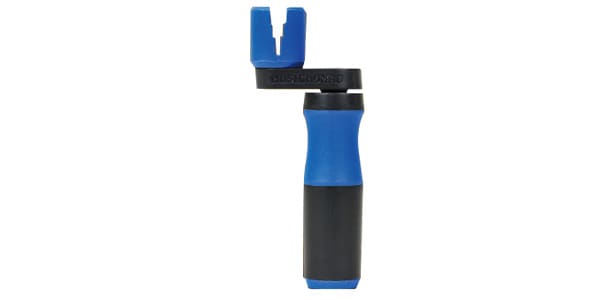




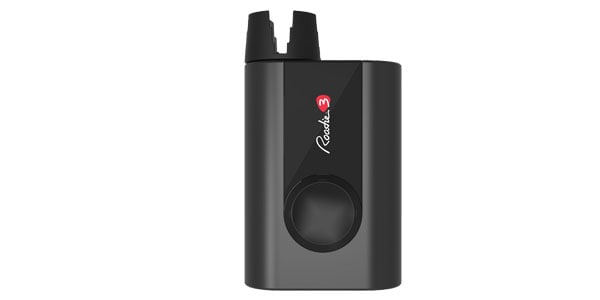





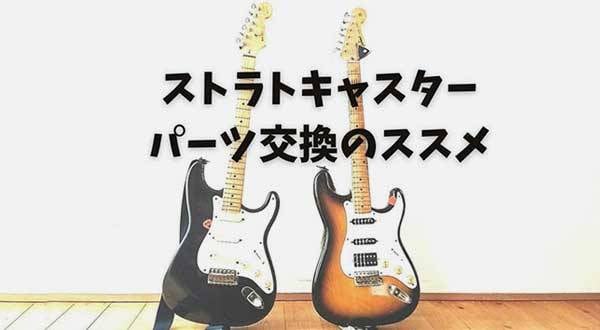
![How to choose and order when replacing GOTOH guitar pegs [Latest in 2025]](/contents/uploads/thumbs/2/2021/5/20210524_2_12921_1.jpg)
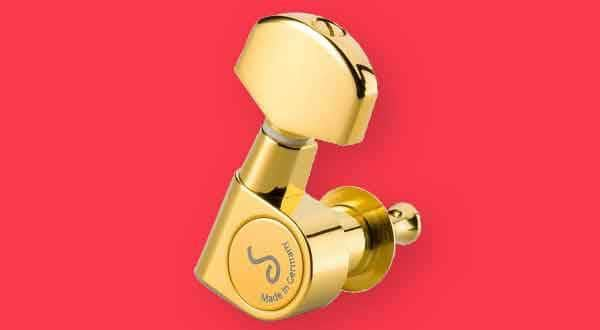
![[Guitar DIY] Surprisingly easy! Peg button replacement](/contents/uploads/thumbs/5/2020/6/20200612_5_10324_1.jpg)
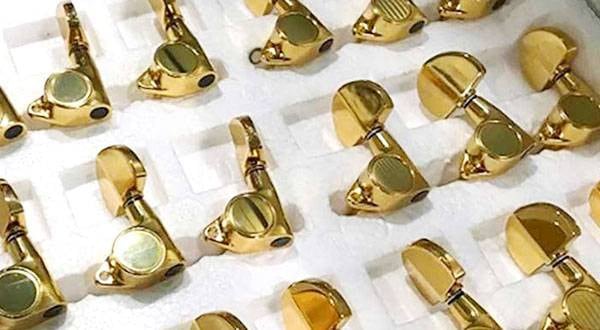
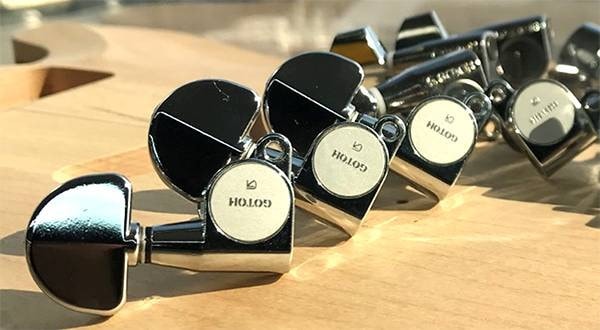
 DIY ギターメンテナンス
DIY ギターメンテナンス
 ギターの種類
ギターの種類
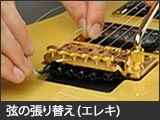 弦の張り替え(エレキギター)
弦の張り替え(エレキギター)
 ギターのお手入れ
ギターのお手入れ
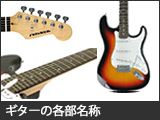 ギターの各部名称
ギターの各部名称
 ギター名人ラボ
ギター名人ラボ















